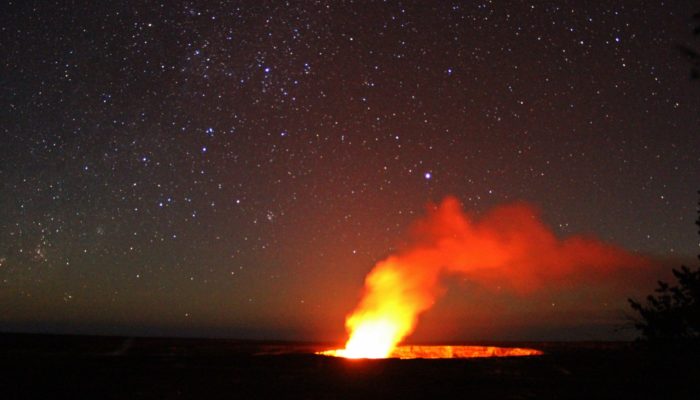
Less than one month left for the EGU 2020 abstract deadline on January 15. Today we highlight two sessions of BG 5 – Geomicrobiology, extreme environments on Earth and planetary analogues.
First, BG5.1: Biology and Geology of extreme environments on Earth and planetary analogs. This session is convened by Monica Pondrelli, Jessica Flahaut, Frances Westall, Helge Niemann and Barbara Cavalazzi.
The convenors say:
This session welcomes contributions from geophysical geochemical. microbial. geological. numerical and laboratory studies to promote a better understanding of Life in extreme environments. In particular we call for studies related to 1) Possible environments for Life emergence on the Hadean Earth, 2) Past and present extreme terrestrial environments. 3) planetary analogs, and 4) New approaches to detecting / characterizing Life in extreme environments.
Last, BG5.3: From mud volcanoes to hydrothermal systems: : structure, evolution and monitoring of active and fossil piercements. This session is convened by Adriano Mazzini and Matteo Lupi.
The convenors say:
Mud volcanoes, hydrothermal systems and hybrid environments such as sediment-hosted hydrothermal systems and piercement structures in general are among the most spectacular geological phenomena on Earth. Several studies demonstrated that these structures play a key role in the evolution of our planet and the cycles of life during several geological eras. Active piercements are usually characterized by deep-rooted plumbing systems and complex geochemical reactions where life can adapt to thrive in extremely harsh environments making them ideal targets for deep biosphere exploration. The geophysical signals associated to such environments are often ambiguous and difficult to interpret. The elevated pore pressures often encountered at depth and the high flow rates make these structures ideal natural laboratories to capture precursors of seismic events and dynamically triggered geological processes. Piercement structures have often been reported to respond to earthquakes and external forcing.
This session welcomes contributions from geophysical, geochemical, microbial, geological, numerical and laboratory studies to promote a better understanding of modern and palaeo piercement phenomena. In particular we call for studies related to 1) investigations controlling pre-existing geological structures; 2) the geochemical reactions occurring at depth and at the surface including microbiological studies; 3) the investigation of such systems with geophysical methods; 4) experimental and numerical studies; 5) the survey and the monitoring of these settings and environments to learn the dynamics of the extinct systems from the active ones; 6) the study of palaeo piercements as well as their effects on palaeo-climate.
Is your work focused on life in past and present extreme environments? Then, your abstract will be a perfect fit for BG5.1, which is co-organized by PS3. If your ‘life in extreme environments’ research is more focused on mud volcanoes or hydrothermal systems, then submit your abstract to BG5.3, which is co-organized by GMPV6/SSP1.
Post written by Alexandra Rodler
